Though I had heard of Vienna’s rich history in terms of music, horses, and the waltz, I was pleasantly surprised to discover their cuisine, beer, and hospitality. It was also nice to experience the politeness and courtesy of the Viennese. They earned 60% in 2006 when Readers’ Digest did a study on manners and there is even a discussion about the topic in TripAdvisor.
Side Note: This is part of my 12-part summer series of travel posts. My June posts focus on Europe, my July posts focus on the United States, and my August posts focus on Italy. All my travel posts including this series and all EvinOK posts since 2011 can be found here. Come September, my usual blend of recipes, crafts, and travel will resume – but for summer let’s indulge a bit of wanderlust.
History
Vienna is the capital city of Austria and has a rich and fascinating history and culture. The city was established as a Roman military camp in the 1st century AD and later became an important center of the Holy Roman Empire. During the Habsburg dynasty, Vienna became the capital of the Austro-Hungarian Empire and was at the center of European politics, culture, and commerce.
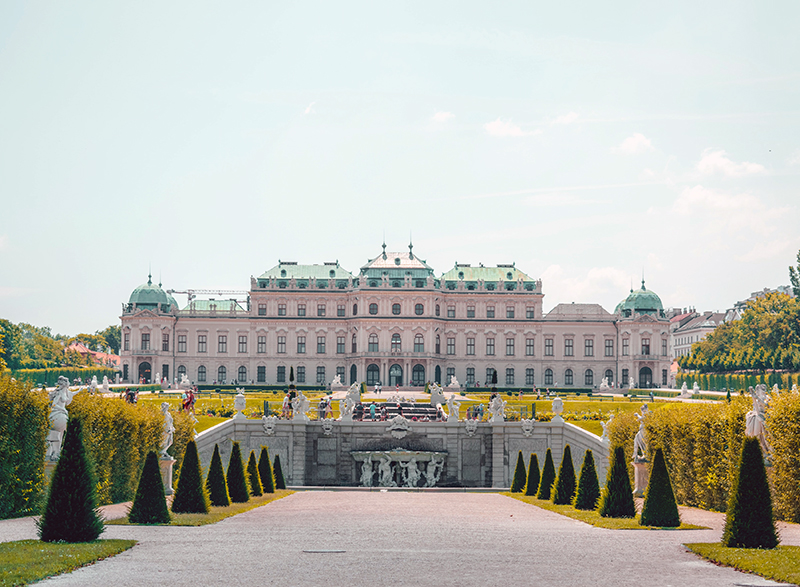
Art & Culture
The city has a rich architectural heritage, with many historic buildings and landmarks, including the Schönbrunn Palace, St. Stephen’s Cathedral, and the Hofburg Palace, which was the former residence of the Habsburgs.
Vienna is also known for its museums and art galleries, including the Kunsthistorishes Museum, which houses one of the largest collections of art and artifacts in the world.
In addition to its cultural and historical landmarks, Vienna is a modern and vibrant city with a thriving arts scene, a diverse population, and a rich culinary tradition, making it a unique and fascinating destination for visitors.
Vienna is famous for its coffeehouses, which have played an important role in the city’s cultural and intellectual life for centuries. These coffeehouses have served as meeting places for artists, writers, and intellectuals, and are still popular today.
FYI: Austrians leave a gratuity or tip after the meal. Leaving 5-10% is a sign that you enjoyed your meal and service. Leaving nothing is rather insulting. Here is a brief article about the custom with a good example of a transaction.
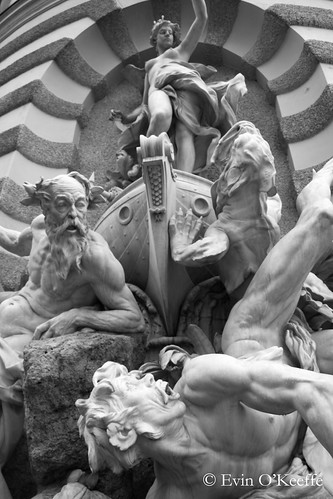
Things to Do
When visiting Vienna, there are several things you can do to make the most of your trip.
- Visit the historic center: Vienna’s historic center is a UNESCO World Heritage site and home to many of the city’s most famous landmarks, including St. Stephen’s Cathedral, the Hofburg Palace, and the Vienna State Opera.
- Explore the museums: Vienna is home to many world-class museums, such as the Museum of Fine Arts, the Natural History Museum, and the Museum of Applied Arts.
- Take a stroll in the parks: Vienna is known for its beautiful parks, such as the Prater, and the Schönbrunn Palace gardens, which are perfect for a leisurely stroll or picnic.
- Visit the coffeehouses: Vienna is famous for its coffee culture, and the city’s traditional coffeehouses are a must-visit for anyone interested in experiencing Viennese café culture.
- Experience the nightlife: Vienna is also known for its vibrant nightlife, with many bars, clubs, and music venues to choose from.
- Visit the Schönbrunn Palace: The Schönbrunn Palace is a must-see attraction in Vienna, the former summer residence of the Habsburgs and a great example of Baroque architecture and art.
- Take a day trip: Vienna is located in the heart of Europe and you can easily take a day trip by train to explore other nearby cities such as Salzburg, Bratislava and Budapest.
Our Itinerary
We had four nights and three full days in Vienna (plus two partial days), so plenty of time for activities. We stayed at the Hilton Vienna. Its location at the edge of Stadtpark made it very easy to take the CAT straight from the airport to just blocks from the hotel. The city’s website lists several ways to Travel From the Airport to the City Center. The trip from the Wien airport to city center is just 16 minutes.
Day One (partial): We roamed the old city center. We visited St. Stephan’s Cathedral as well as some of the nearby shops. The pulpit is made of stone and located in the nave of St. Stephan’s Cathedral in Vienna. Its central position is to better allow all worshipers to hear words flowing from the pulpit. The relief portraits around it are of the original four “Doctors of the Church” at four different life stages. The saints depicted are: St. Augustine of Hippo, St. Ambrose, St. Gregory the Great and St. Jerome. We were treated to a classical guitar performance at the cathedral.
We did a little shopping, but mostly window shopping. If you are partial to leather goods, especially handbags, Vienna is the spot to do a bit of shopping.
We enjoyed our first meal at Pürstner. Delicious, filling, authentic Austrian cuisine. Their garlic soup is perfection and would be great to help fend off a cold. A new standard was set that night for Wiener Schnitzel, theirs is made with tender veal (sorry, calf). A couple nights later, we dined at another Austrian restaurant, Augustinerkeller. If you are craving a maas (one litre) of dünkle (dark beer), this is the place to go!
Day Two (full): We wandered casually and enjoyed the buskers and local cuisine. Music is everywhere in Vienna (aka Wien) and we saw street musicians that no doubt were just performing on the side while perfecting their craft. It was delightful to encounter music around each corner. We saw a pianist, a school brass band, a Canandian marching band (not marching), a classical guitar group from Arizona, an Austrian accordion player, and much more. No waltzing in the streets though.
Vienna has been a center of classical music since the 17th century, and is the birthplace of many renowned composers, including Wolfgang Amadeus Mozart, Ludwig van Beethoven, and Franz Joseph Haydn. The city is also known for its opera, with the Wiener Staatsoper being one of the most famous opera houses in the world.
We went to Sacher Café for lunch and an under-street cavern known for beer for dinner. My dad recommended it and I cannot remember the name.
Day Three (full): We visited Shönbrunn Palace on the local train. We walked all the way to the Gloriette at the top of the palace hill, enjoyed lunch there, then walked back to the palace for a tour. The palace is definitely worth the train trip outside of downtown. The architecture and gardens are stunning.
We enjoyed lunch with a view of Shönbrunn Palace in the Gloriette at the top of the palace hill. Goulash, caprese salad, fresh bread, and beer was simple and fresh.
Day Four: We went to the Spanish Riding School. I go into great detail below about that experience. We went back to Sacher Café. For an afternoon snack, we stopped into Zanoni & Zanoni for ice cream. I had a scoop of the Maroni in a cup (though it was cold enough outside it wouldn’t have melted off a cone). I recognized the name ‘maroni’ from a similar word in French, ‘maron glace’ which is roast chestnuts. I love roast chestnut spread on brioche for breakfast so thought this would be equally tasty. Yummy! My husband commented it was too sweet – it is as sweet as coconut ice cream.
Day Five (partial): We had an early evening flight back to Cork, so we took advantage of every last minute. We enjoyed phenomenal pizza at Da Capo. A lovely spot, which to make sure you get to enjoy it’s best to make reservations.
The Spanish Riding School
Our final full day was spent enjoying the Spanish Riding School then a leisurely walk back through Stadtpark and lunch at the hotel. I’ll admit that I had such high expectations for the Riding School performance and those expectations were not met. In hindsight, the cost of admission could have been better spent purchasing the DVD of the performance to enjoy again and again. Why do I say this? Well, don’t worry I do believe the horses are beautiful, their history is enthralling, and the feats they perform are nothing short of amazing; However, if you are not in a seat it is hard to see everything on the floor below so those purchasing standing views of the performance miss out on what does not happen right in front of their section. Here are a few suggestions to help make your experience the best possible:
- Photography is not permitted at all while the horses are performing. Though this is not printed on the tickets, it is said at the start of the performance. I initially misunderstood that flash photography was prohibited, but it is actually ALL photography and video. Basically, no images can be captured of the horses in action.
- Tickets are sold in the official box office within the palace and online. The box office closes at 5:00 p.m. on Saturdays. Tickets are usually sold out in peak tourist seasons so plan ahead. There is a place a couple of blocks from the Riding School that sells tickets for Vienna attractions that does not close until 6:00 p.m. on Saturdays in case you’re running late. It is possible they mark the ticket price up. If you purchase tickets through your hotel concierge, a mark-up is most likely.
- The entrance to the Riding School exists by the road between the stables and the school. There are two covered walkways on either side of the road and one has display cases with memorabilia and video, this is the side where entrances are. Enter as early as allowed so you can claim your seat. Tickets are sold in different levels. We noticed that the other side of the Riding School was not as crowded as our side, but could not find the entrance to that side. On each side of the performance area there is one row of seats behind which is a pathway to walk and behind that are what appears to be deep windowsills that house standing areas (you can sit there too, but not much of a view if seated in a standing section). There is another balcony above and a seated section at ground-level. If money is no object, buy seats in the front row of the ground-level.
- If you have mobility issues, check with the ticket office because the entrance we used was definitely not wheelchair accessible and would have been tough had our knees been less spry.
- If you are short on time or money, ask the gift shop (beside the official ticket office) what DVD region code their performance is and consider bringing that home instead. This is strongly recommended if you are on a business or romantic trip without your children as seeing the performance with kids or equestrians would be more fun. But check on the region code since some DVDs won’t play on some machines, depending on the region. If you live in the United States, you want a DVD for region 1 (or region 0 which is all regions)
How to Visit Sacher Café
It’s a must to enjoy a slice of Sachertorte at the Sacher Café at the Hotel Sacher. We went twice. The first visit we enjoyed a full lunch (including Original Sachertorte for dessert), the second trip was just for another slice. Many restaurants in Vienna serve a variation of this dessert, but only the Hotel Sacher serves the Original Sachertorte.
Something like 350,000 cakes are sold each year! Yes, they sell whole cakes for you to bring home with you or ship back to the States. Here are a few steps helping you through the experience so you know what to expect (prepandemic process):
- When you enter, you may encounter a queue that goes out the door. Be patient as you wait, they go as efficiently as they can without making anyone feel rushed. The Cafe has a few cozy rooms to it and as tables become available it is communicated to the hostess/greeter. When you reach the front of the queue, you will wait until a table is available then if you have backpacks, shopping bags, umbrellas, or coats you will be asked to check them in the coat check before being seated. The coat check is just beyond the entry to the left and it is a small charge for all your items (don’t misplace the ticket, you pay when you leave). Leaving your items here makes it easy to enjoy your dining experience because the rooms are cozy and it would take away from the elegant setting to have coats and bags all around. After your excess belongings are temporarily shed, you return to the hostess who points you toward your table.
- Half the seats in the café are booths the other half are tables. Though the booths look cozier, the tables do the trick and unless there are two different tables available at that time, it is considerate to take what is offered as to not hold up the staff. Remember, this is not Hard Rock Café and tourists are just another customer so be respectful.
- The menu has many options beyond dessert. I enjoyed the smoked salmon [open-faced] sandwich and my husband ate a delicious goulash. It was enough to balance a slice of Sachertorte and not feel too full. If you order a meal, the table is set for what you ordered and you get a tablecloth (it’s pink!). If you only have café and/or dessert, you dine on the marble table without a cloth. Orders seem to be brought on little silver trays.
- The waitstaff do not accept your payment, there is one person who seems to roam the dining rooms helping here and there and acting as the bank for the café.
- Snapping photos is ok though I tried to limit the use of flash as to not distract other diners. The waitstaff are amazingly well-versed in visitor’s needs and if you are holding a camera when they approach it is perfectly fine to ask for a photo to be taken of you at your table.

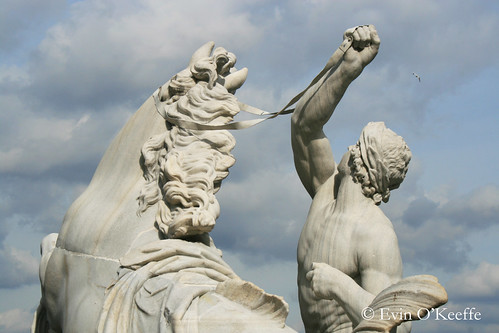
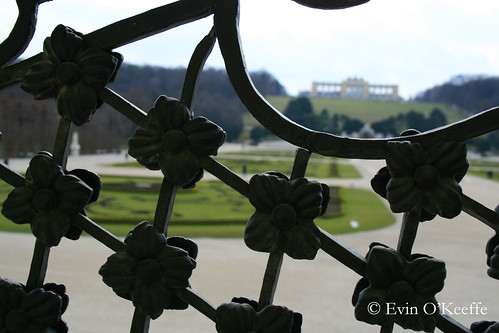
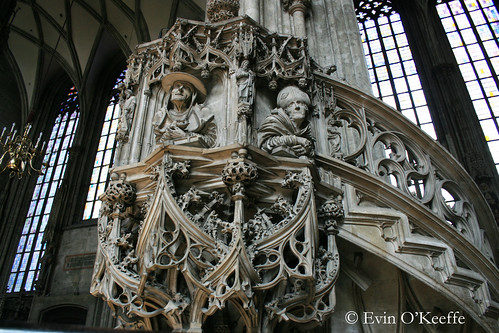
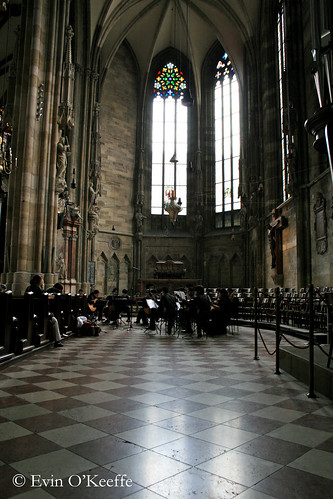
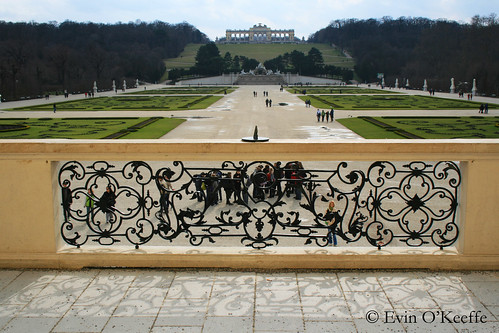
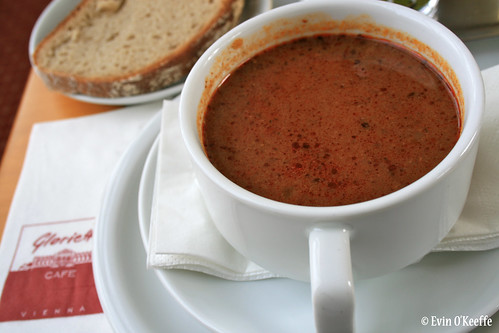
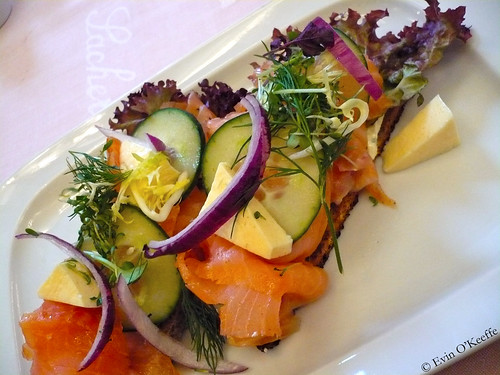
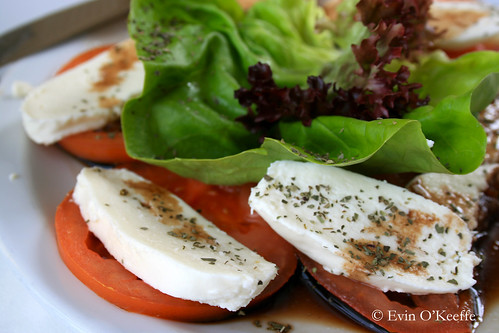
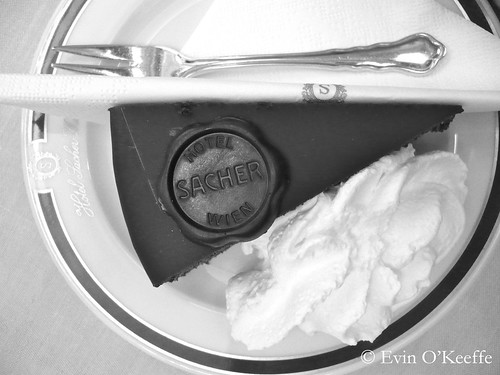
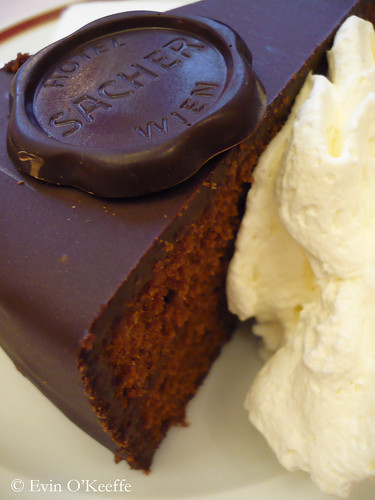
Oh I love Vienna! I’ve been there twice now.